Home>Ideas and Tips>Home Wine Cellar Decanting Station Design: Aeration Area Setup
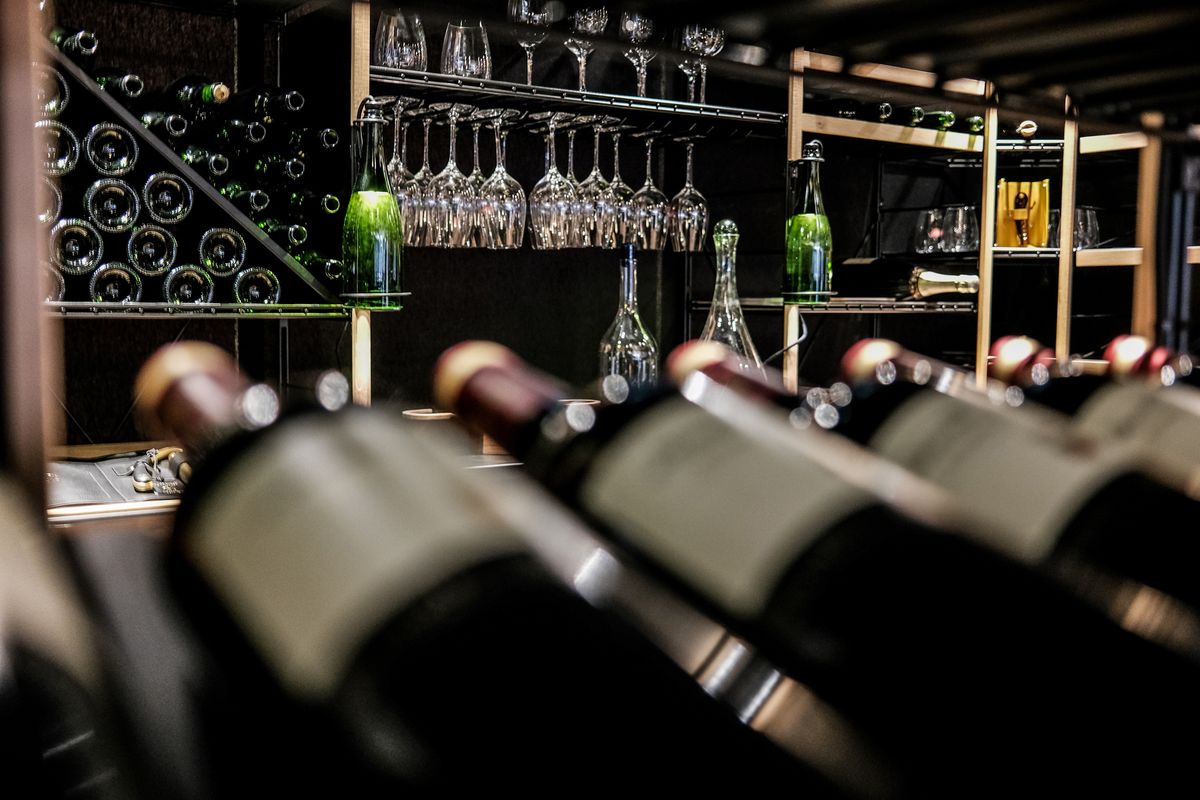

Ideas and Tips
Home Wine Cellar Decanting Station Design: Aeration Area Setup
Modified: November 1, 2024
Design your home wine cellar's decanting station with our guide. Learn about aeration, lighting, and storage for an enhanced wine-drinking experience.
(Many of the links in this article redirect to a specific reviewed product. Your purchase of these products through affiliate links helps to generate commission for Storables.com, at no extra cost. Learn more)
Creating a home wine cellar is an exciting project that combines both functionality and aesthetics. However, one of the most crucial elements of a well-designed wine cellar is the decanting station. This area is not just for aesthetic purposes but also serves a vital function in enhancing the wine-drinking experience. In this article, we will delve into the design and setup of a decanting station in your home wine cellar, focusing on aeration and other essential features.
Understanding Wine Decanting
Wine decanting involves transferring wine from its original bottle into a separate container, typically a decanter, to separate the wine from its sediment and to aerate it. This process is particularly important for older wines that have accumulated sediment at the bottom of the bottle. For younger wines, decanting serves to aerate the wine, allowing its rich aromas and flavors to emerge more fully.
Read more: Wine Cellar How To Build
The Importance of Aeration
Aeration is a critical step in the wine-drinking process. Younger wines, especially reds, benefit from being aerated as it helps to soften their tannins and release their full flavor profile. The process of decanting allows the ethanol in the wine to break down more quickly when it encounters oxygen, which in turn reduces the bad-smelling sulfites present in most wines. This makes the wine more palatable and enjoyable to drink.
Designing Your Decanting Station
When designing your decanting station, there are several key elements to consider:
-
Space and Layout
- The decanting station should be conveniently located within the wine cellar to make it easily accessible. Ideally, it should be near a counter or table where you can set down your wine bottles and decanters without having to move around too much.
- Consider the layout of your wine cellar. If you have limited space, a compact decanting station that includes multiple functions can be very useful.
-
Lighting
- Lighting is crucial for both functionality and ambiance. Dimmable LED lights are excellent for creating a mood that enhances the wine-drinking experience. These lights can be placed under the counter or around the decanting area to provide soft, warm illumination.
- For accenting display rows or arches, LED lights are particularly effective. You can also use puck lights in the arch or mono-rails, or high hats for a more dramatic effect.
-
Flooring
- The flooring of your wine cellar plays a significant role in maintaining the ideal conditions for storing wine. Brick and stone are excellent choices as they help keep the cellar cool, which in turn helps your cooling system last longer.
- Other options include tile or reclaimed wine barrel flooring, which can add a unique touch to your cellar.
-
Wine Racks
- Wine racks are often overlooked but are essential for any wine cellar. They should be designed to accommodate various bottle sizes, including magnums and champagnes.
- Consider custom wine racks that can be fabricated to fit your specific needs. These racks should include features like drawers for hiding cork screws, labels, and corks, as well as stem-ware built into the racks for glassware.
-
Appliances
- While not essential, appliances like dishwashers can be a luxury in a wine cellar. They allow you to clean your decanters and other glassware without having to go back and forth to the kitchen.
- Smoke-eaters for cigar smoke can also be implemented if you plan on using your wine cellar as a cigar lounge.
-
Painting the Walls
- It's crucial to paint the walls before installing the wine racks. Once the racks are in place, it becomes virtually impossible to paint without removing them.
- Choose paint finishes and murals that can make your wine cellar pop. Light-colored wine racks paired with dark-colored walls or stained wine racks paired with light-colored walls are good options. Earth tones are always safe choices and can add warmth to your cellar.
Customizing Your Decanting Station
To create a truly personalized decanting station, consider the following customizations:
-
Decanting Table
- A decanting table with a large arch can exude elegance and sophistication. This table provides a dedicated space for wine enthusiasts to aerate and prepare their wines before enjoying them.
- The table should include sub-closing drawers for storing essential wine accessories like corkscrews, stoppers, and wine pourers.
-
Storage Spaces
- Spacious cabinets beneath the decanting table can provide additional storage for larger wine-related items or even a collection of wine books.
- Additional storage spaces can be incorporated for storing wine-related accessories such as decanters, wine aerators, or other equipment.
-
Stemware Rack
- A stemware rack strategically positioned near the decanting station allows you to showcase your finest glassware while keeping them conveniently close at hand.
- This rack can be designed to fit seamlessly into your overall design scheme.
-
Lighting Design
- The lighting design of your decanting station should be innovative and functional. Using backer boards positioned half an inch away from the main wall allows for the installation of LED strip lights behind them.
- This creates a subtle gap between the main wall and the racks, providing a discreet space to mount the LED strip lights. The soft glow from these lights beautifully accentuates the sleek design of metal pegs or wine racks.
Setting Up Your Decanting Station
Once you have designed your decanting station, it's time to set it up:
-
Choosing the Right Equipment
- Select high-quality decanters that are designed for both functionality and aesthetics. These decanters should be made from materials that can withstand temperature changes and are easy to clean.
- Consider investing in wine aerators or pourers that can enhance the aeration process without requiring manual intervention.
-
Preparing Your Wine
- Before decanting your wine, ensure that it is at room temperature or slightly cooler if you prefer it chilled. This helps prevent any sudden changes in temperature that could affect the wine's flavor profile.
- If you're dealing with older wines containing sediment, carefully lift them from their storage position (whether horizontal or vertical) and handle them with care to avoid mixing the sediment into the wine.
-
Decanting Process
- For younger wines, pour them slowly into the decanter while holding it at an angle to allow air to enter the bottle. This helps aerate the wine without introducing too much oxygen at once.
- For older wines containing sediment, pour slowly while keeping the bottle upright until most of the wine has been transferred. Then, carefully tilt the bottle to allow any remaining wine to flow into the decanter while leaving the sediment behind.
-
Aeration Time
- The duration of aeration varies depending on the type of wine:
- Pinot Noir and Chardonnay: 30-40 minutes
- Cabernet Sauvignon and Merlot: 2 hours
- Tempranillo: 2 hours
- Sangiovese: 2 hours
- Vintage Port and Madeira: 2 hours
- Syrah/Shiraz: 2-3 hours
- Mourvèdre/Monastrell: 2-3 hours
- Nebbiolo: 3+ hours
- The duration of aeration varies depending on the type of wine:
-
Double Decantation
- Some wines require double decantation, which involves pouring the wine once into a decanter and then back into the bottle (already washed out). This method is particularly recommended for very concentrated red wines with high extract and tannin content.
-
Avoiding Decanting Mistakes
- Avoid decanting champagne or sparkling wines as this can preserve their bubbles.
- Do not decant rosé wines bottled last year unless there is significant sediment accumulation, as this could indicate contamination rather than aging.
Read more: How To Organize A Wine Cellar
Maintaining Your Wine Cellar
A well-designed wine cellar requires consistent maintenance to ensure that your wines age properly:
-
Temperature Control
- Maintain a consistent temperature between 50°F and 60°F (max 68°F) to prevent temperature swings that could affect the quality of your wine over time.
- Consider investing in a digital temperature and humidity gauge to monitor these conditions year-round.
-
Humidity Levels
- Keep humidity levels between 50% and 70% to maintain a wet cork on the bottles, reducing the risk of cork drying out and spoiling the wine.
-
Cooling Systems
- If you require a climate-controlled cooling system, there are three choices: self-contained units, split systems, and ducted cooling systems.
- Ensure that your cooling system is properly installed with a vapor barrier and insulation to avoid problems with mold.
-
Insulation
- Proper insulation is crucial for maintaining consistent temperatures within your wine cellar.
- Use materials like brick or stone for flooring as they help keep the cellar cool while also enhancing its aesthetic appeal.
-
Regular Checks
- Regularly check your wine cellar for any signs of mold or humidity issues.
- Ensure that all appliances and lighting systems are functioning correctly without causing any vibrations that could affect the wine bottles.
By following these guidelines for designing and setting up your decanting station within your home wine cellar, you can create an environment that not only enhances the aesthetic appeal but also ensures that your wines are properly aerated and preserved for years to come.
Was this page helpful?
At Storables.com, we guarantee accurate and reliable information. Our content, validated by Expert Board Contributors, is crafted following stringent Editorial Policies. We're committed to providing you with well-researched, expert-backed insights for all your informational needs.

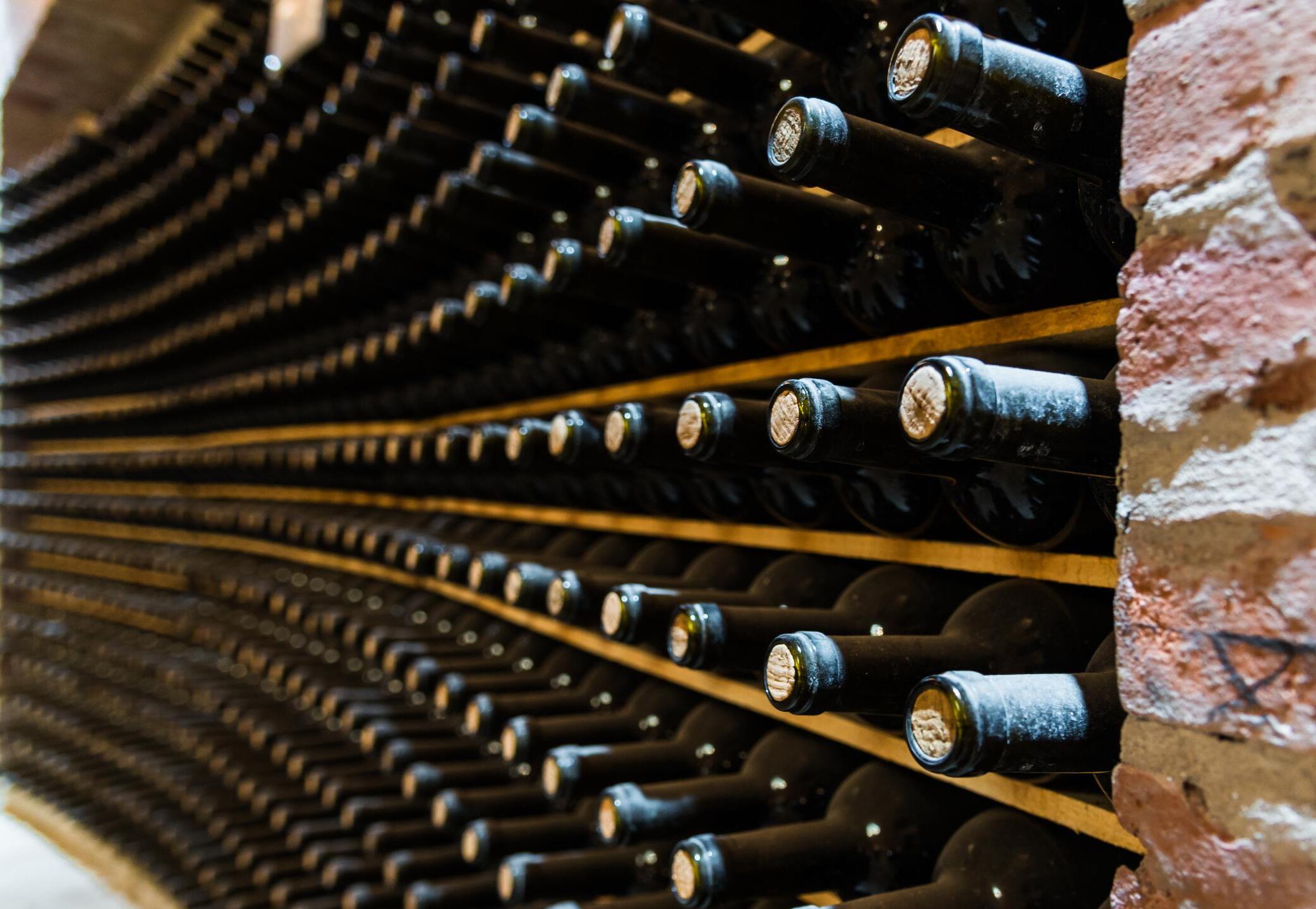

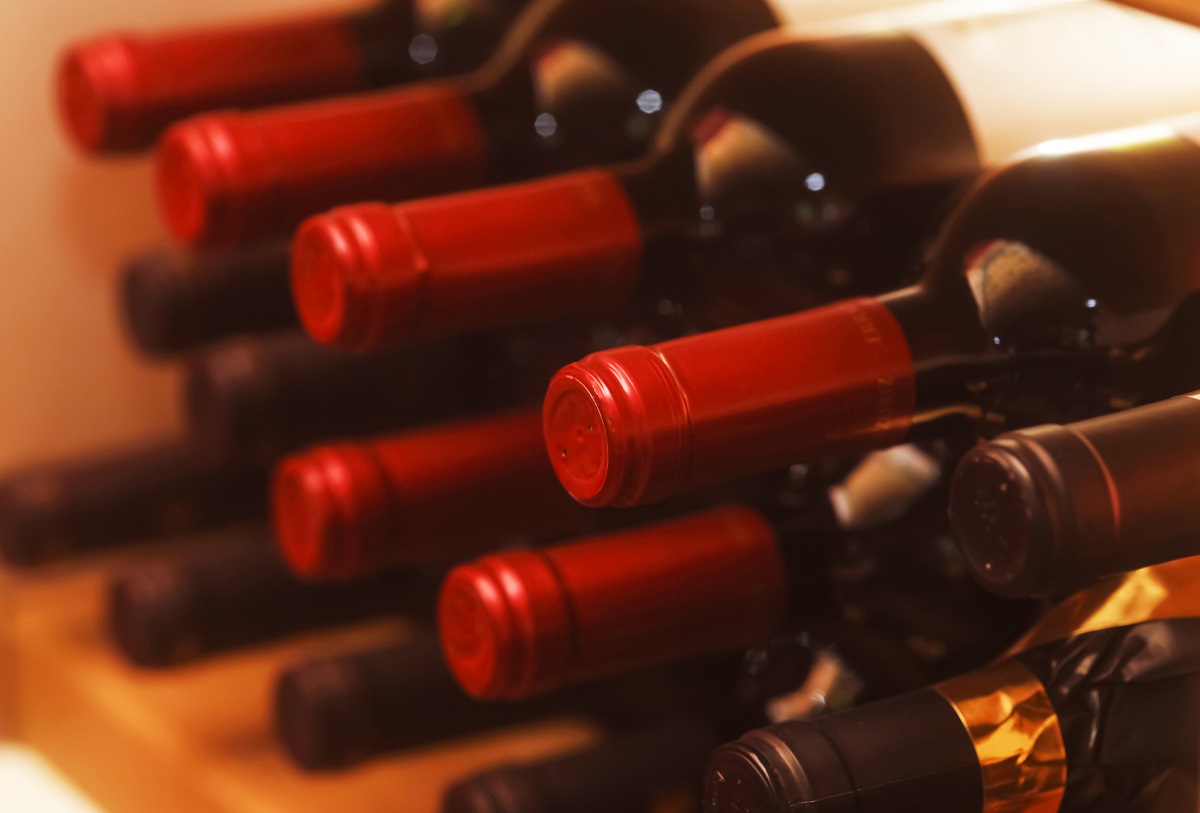
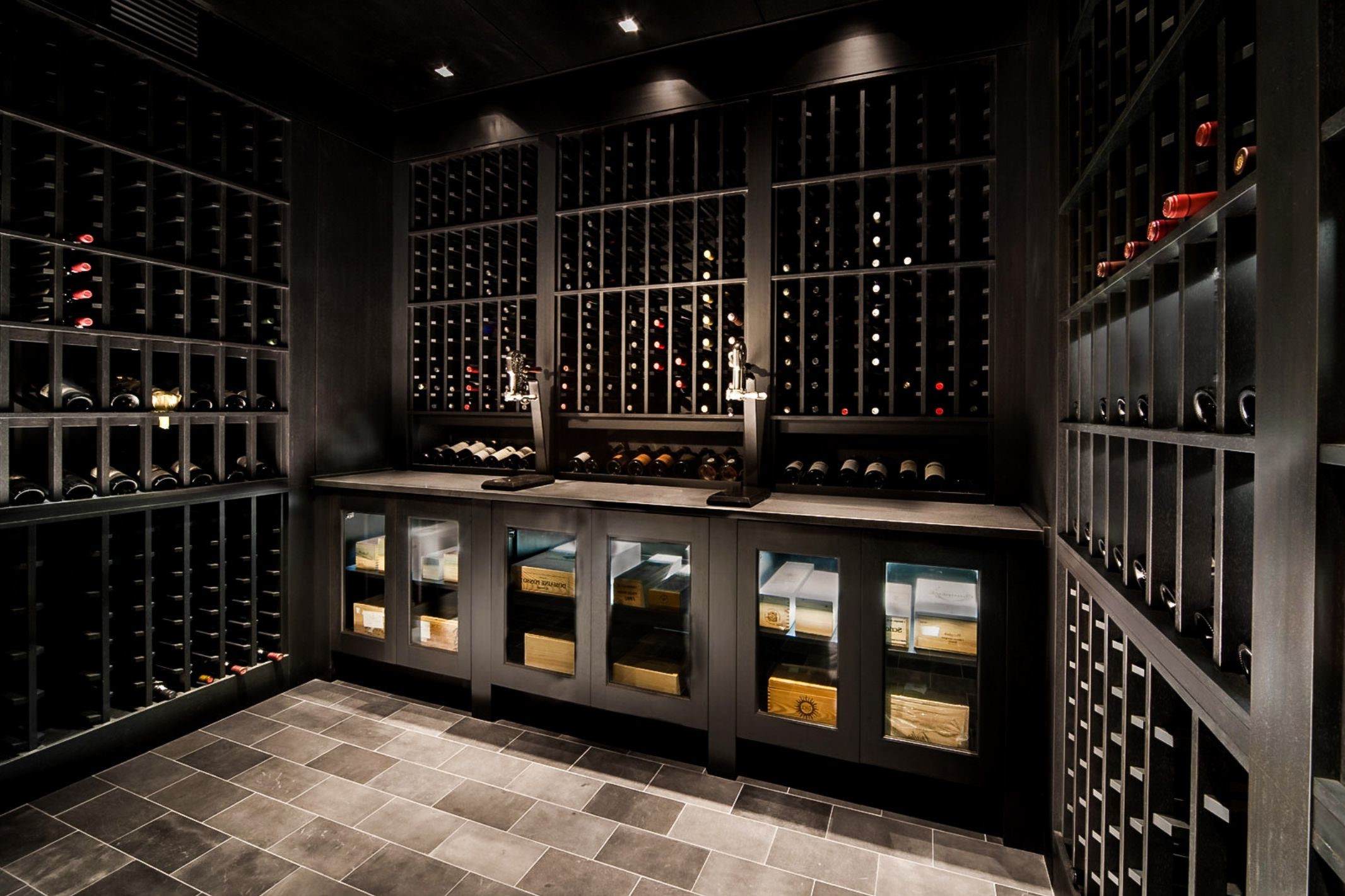

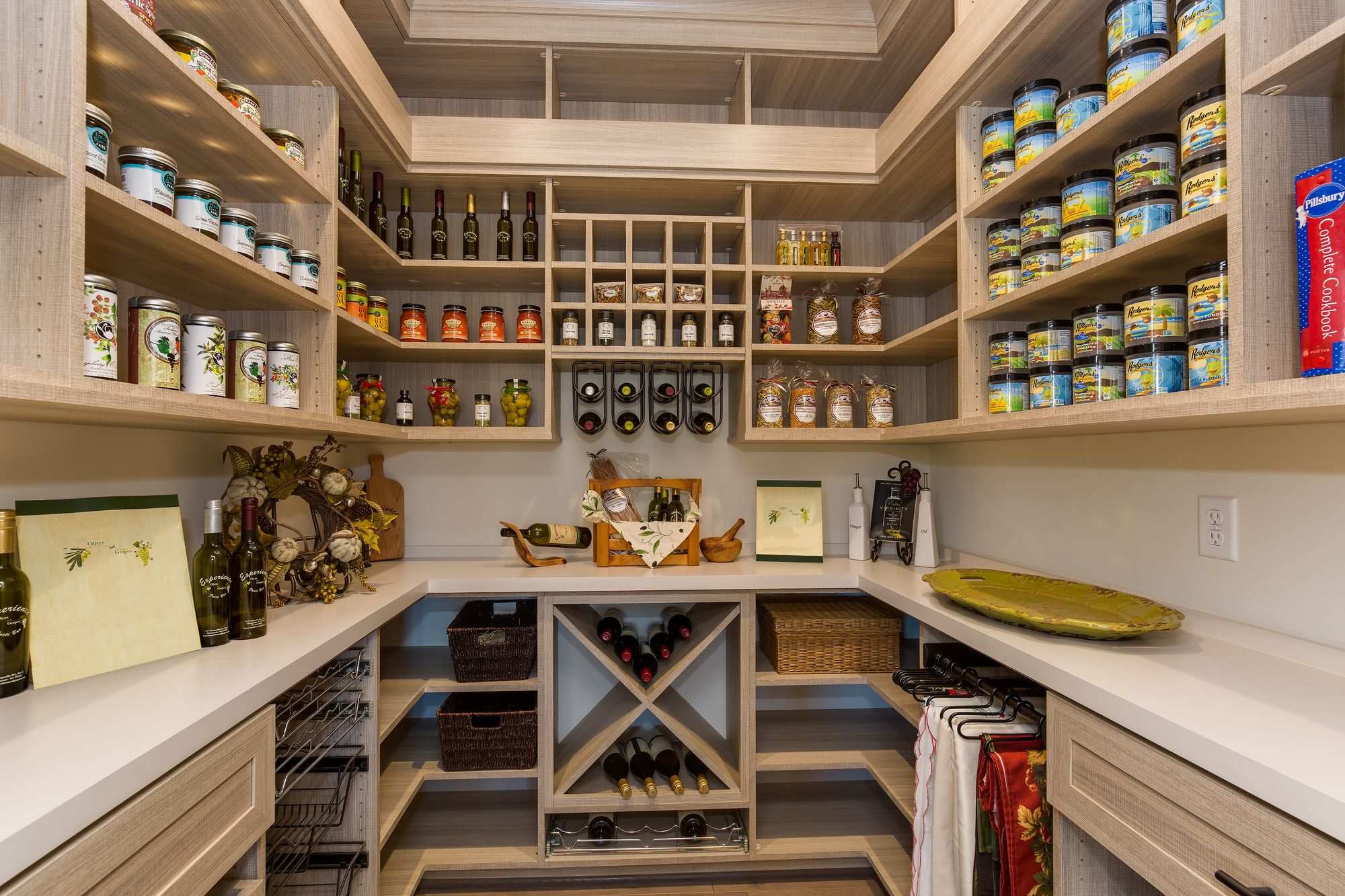

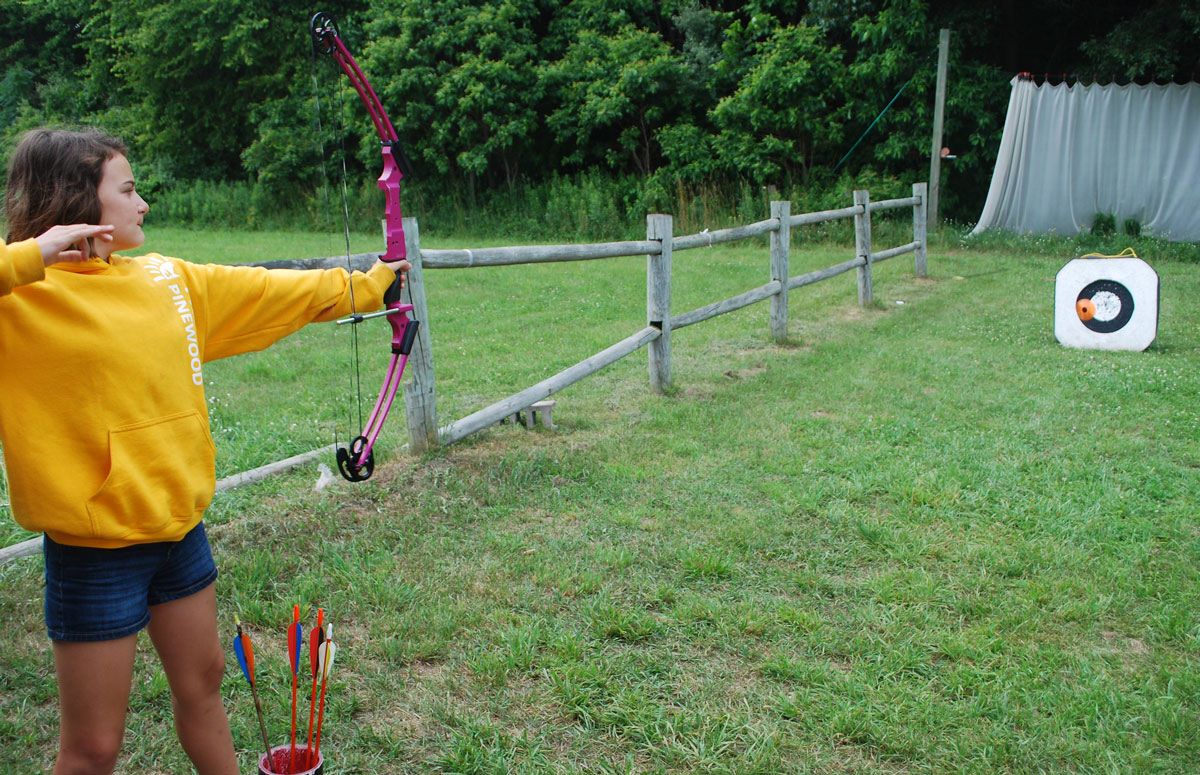
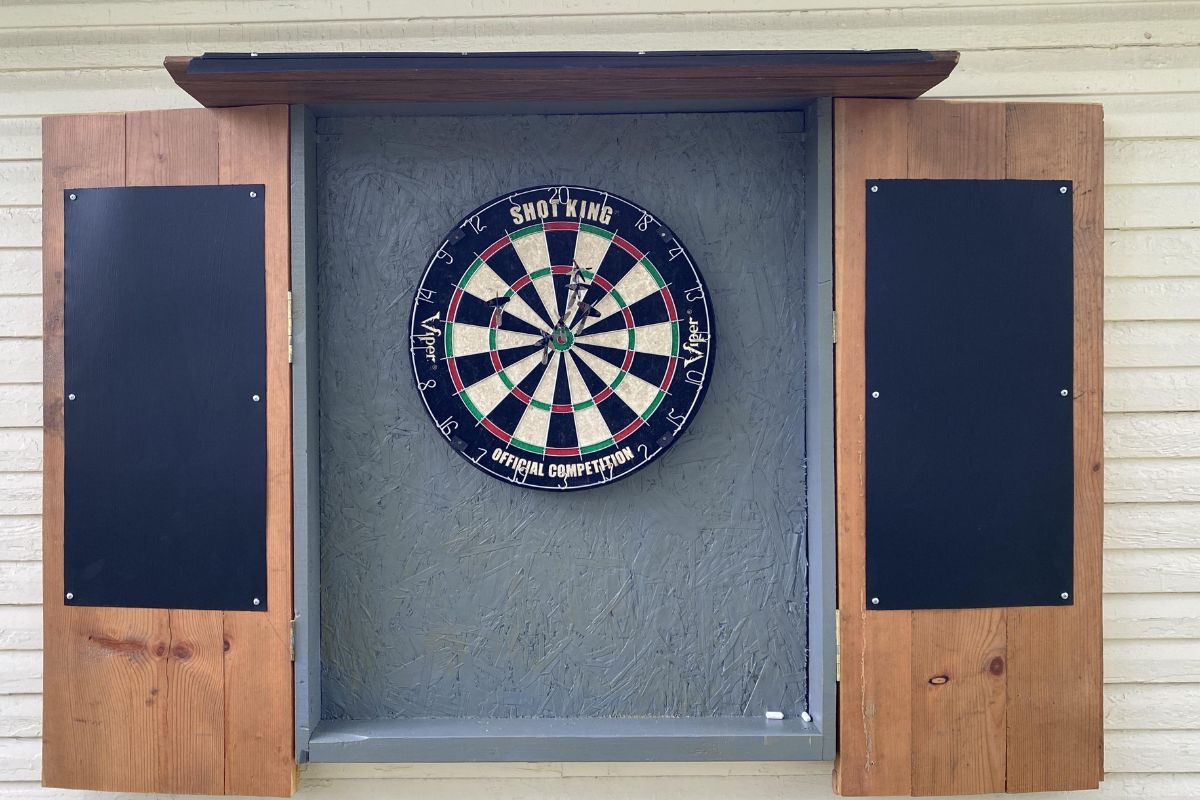
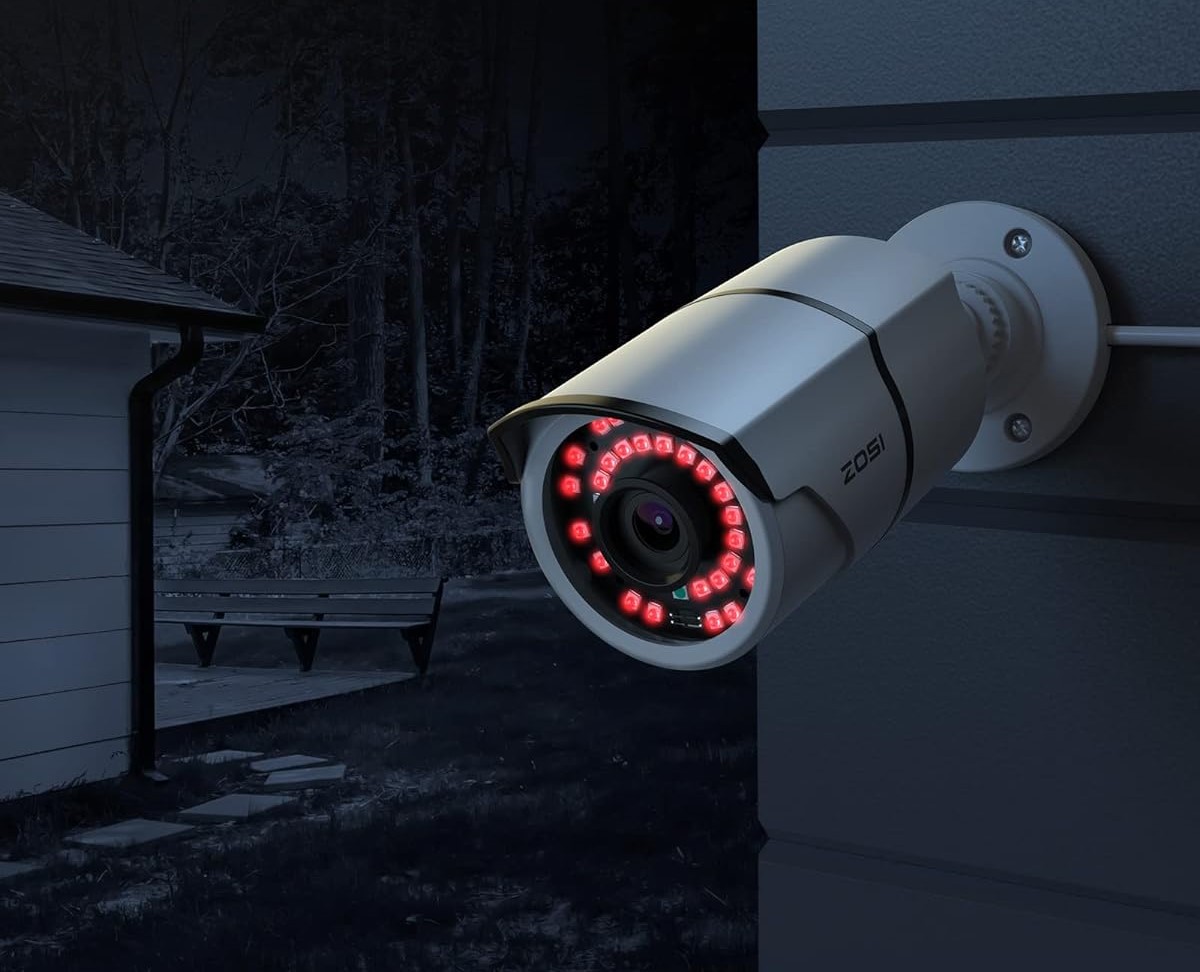

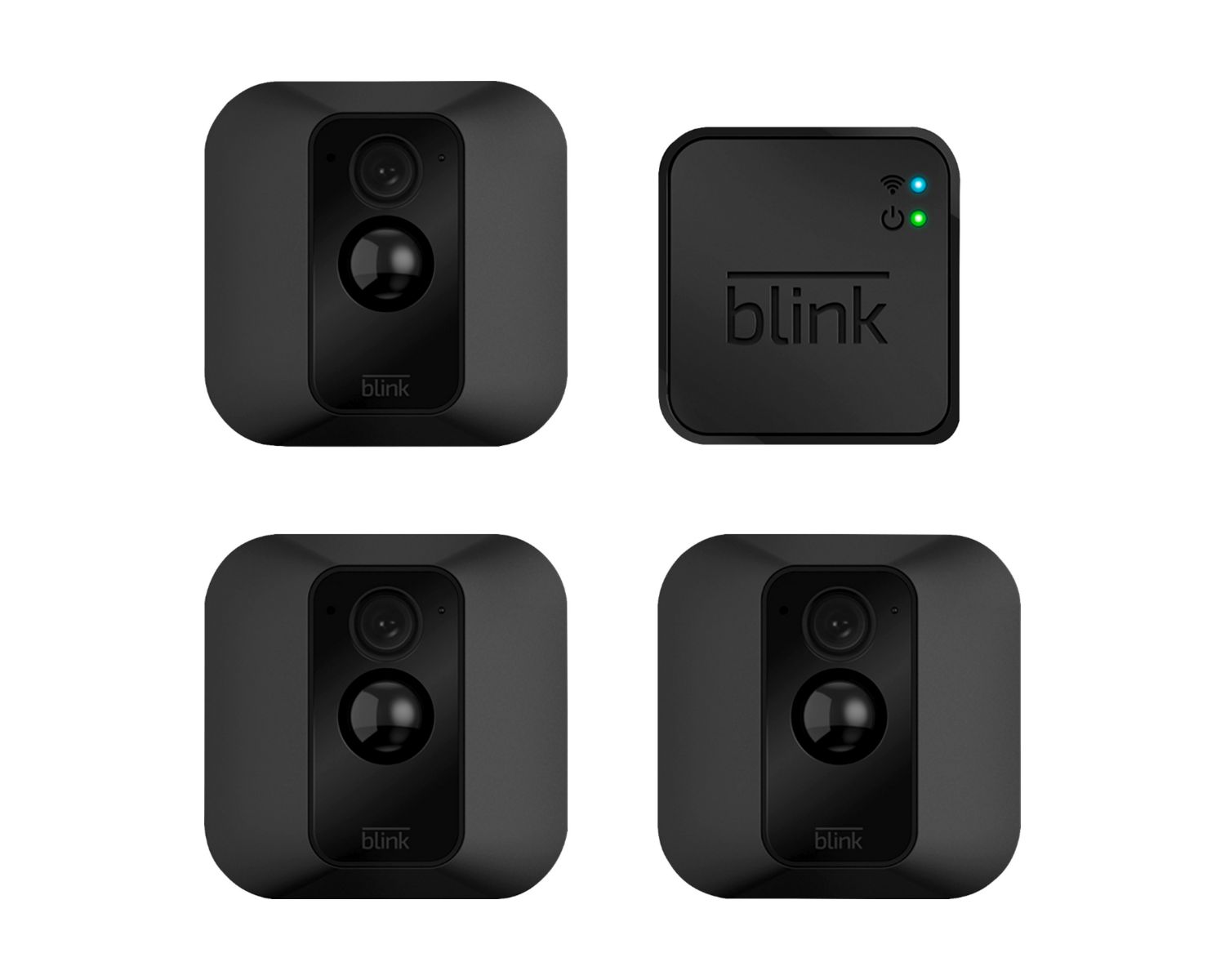
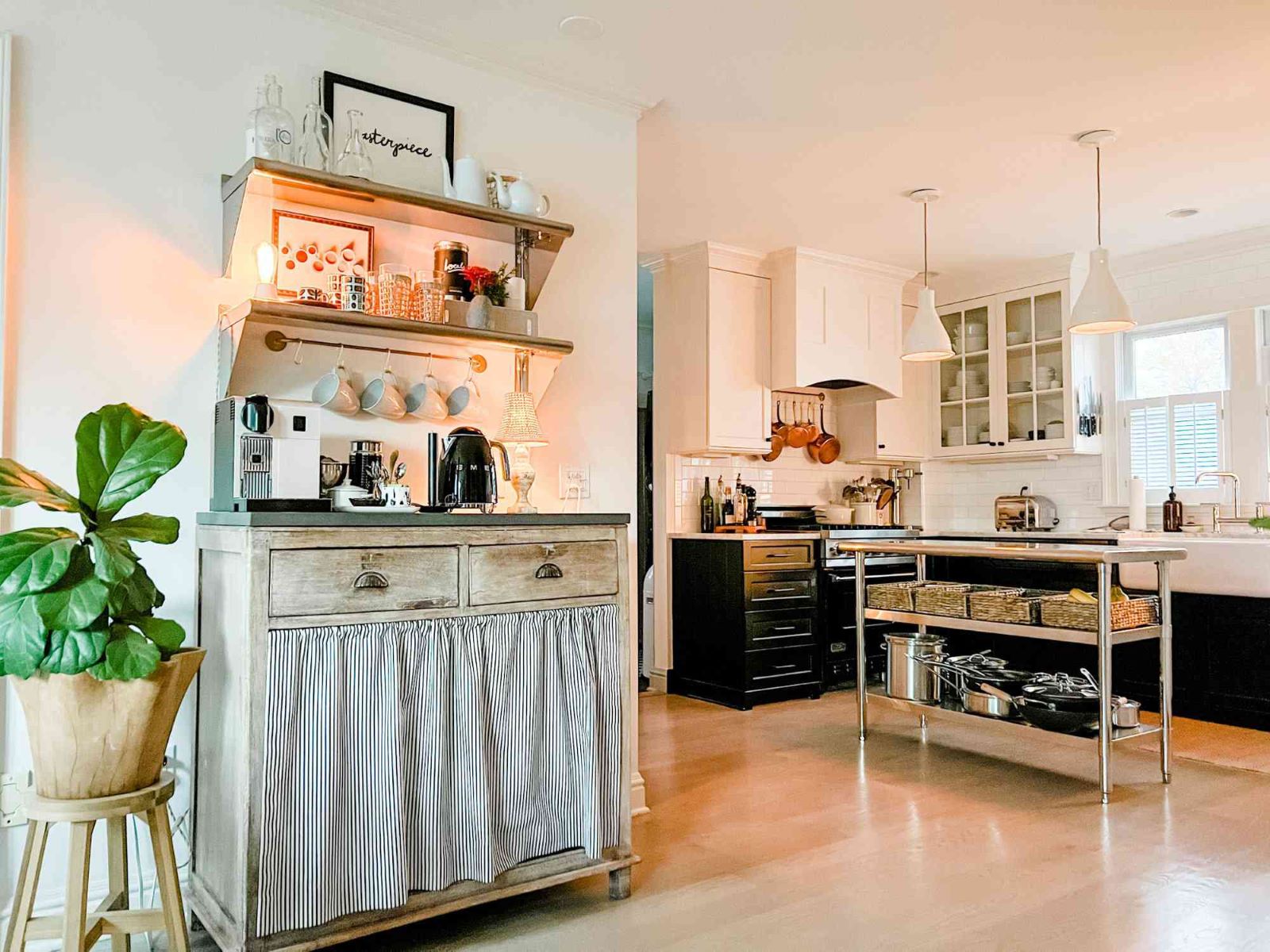

0 thoughts on “Home Wine Cellar Decanting Station Design: Aeration Area Setup”